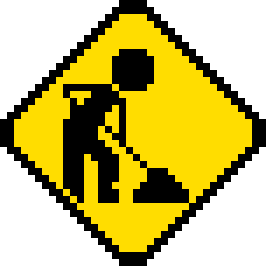
Player's Handbook
Races
Classes

Nations

A major difference between Urth and other AD&D settings is that everyone speaks the same language. This language, called "Urthian," sounds a little bit like a cross between Japanese, English, and ancient Greek, with a smattering of French and other things too. There are many different dialects and regional variations and a lot of just good ol' classic slang, too, but this too is all universally understood. The nature of language in Urth just appears to be fundamentally different from the communication we know. Words and roots can be swapped out entirely, subtitles or dubbing can be present, but it never seems to hinder the mutual comprehension of any of the creatures of Urth - and I mean any of the creatures. So while for character creation this effectively means that it doesn't matter what "forms" of Urthian a character knows, they will be able to communicate perfectly with everyone no matter what, and so there is essentially only one language in the entire setting, it also means that non-civilized creatures like dinosaurs and even small animals can have conversations if they're intelligent enough or care to do so. This aspect of Urthian life is known to be part psychic and part supernatural, and is one of the aspects of the world's Edenian, utopian nature. As such, spells or other special abilities that enable speaking with animals are of a very low priority and practical usage because any animal that could give you a straight answer probably doesn't need magic to do so.
The alignment chart of AD&D is present here and means and works essentially the same. However, because the world of Urth is so well maintained as a place of peace and harmony, alignments are highly polarized and the neutral alignment is nearly extinct. Neutrally aligned individuals do still exist, but they are almost entirely absent from the mainland continents of Crania and Dentaria. When discovered, these neutrals never stay this way for long, as the forces of good will always try to improve their lives and show them that mutual cooperation is the best for everyone in order to recruit them into one of the major nations, while the forces of evil will always try to corrupt these typically low-information third parties into working for them under some form of deception. Basically, neutral characters do exist, but if one is introduced, they will no longer be neutral at the end of the episode. Because of this, neutral characters are really only appropriate for NPCs. Player Characters will always be good aligned, unless the party wants to play as the bad guys, in which case they're all be evil aligned. Mixed parties aren't possible in this setting.
On the other hand, the law and chaos axis of alignment is much more ephemeral and up to personal interpretation than in AD&D. Law can mean strict authoritarianism, and chaos can likewise mean absolute anarchy, but on Urth it never really does. Because of the moral polarization of the world, Urthians will always bend their ethics if it gets in the way of a moral decision. Typically lawful characters gravitate towards logical reasoning, organization, and policing as forms of expressing their goodness, while chaotic characters are free spirited and go with the flow of things as they come. This is aboot as extreme as the divide gets for good characters, and so it's essentially just a determining factor of whether your character is a nerdy type or an artsy type, or somewhere in between. For evil characters it's a little bit more dramatic as far as how they might act, but at the end of the day the only meaningful difference between a lawful evil fascist and a chaotic evil death worshipper is that the fascists lie to themselves aboot not being a death cult, but in the end the goal of evil characters is always the same, to make every living thing suffer and die.
